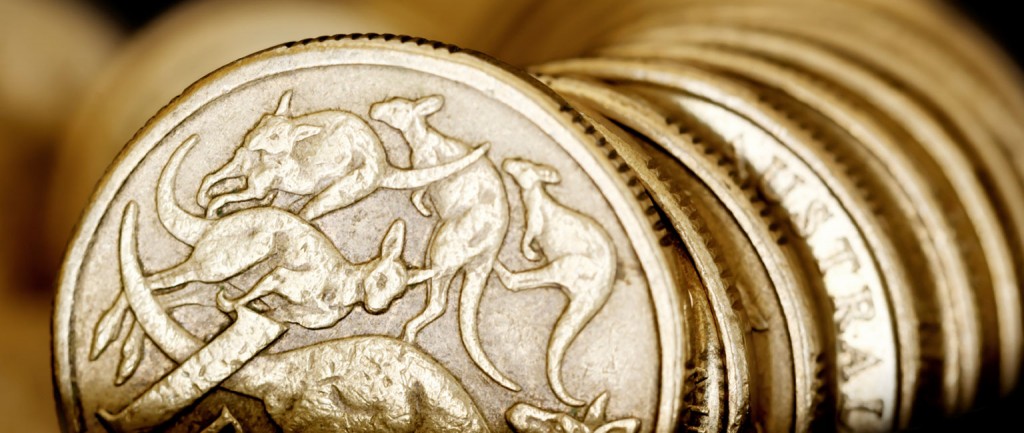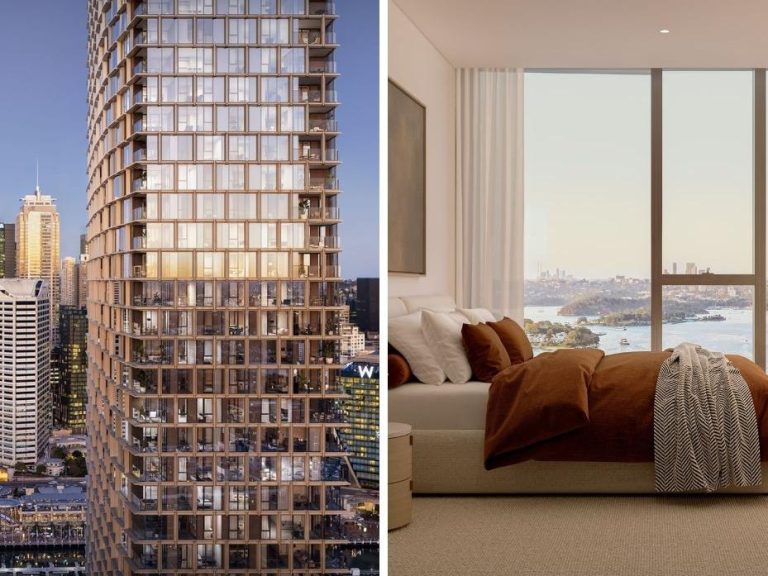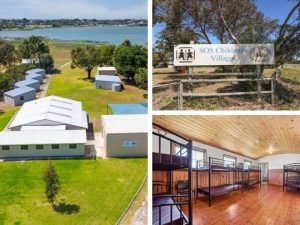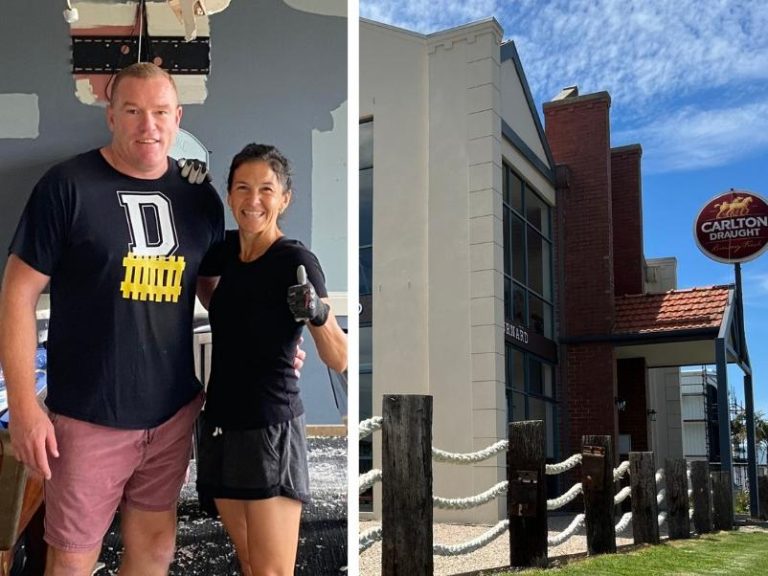Falling dollar welcome in hotel industry

With the Australian dollar falling 11% in 2013, many economists have pointed to the hotel sector as the biggest winner. Paul Thornhill investigates.
There’s nothing quite like a change in the foreign exchange markets to get economists running to their forecasts and picking winners. That’s just what’s happened in the last two months as the Australian dollar slid from 105 US cents to below 90c.
While a lower dollar helps all export industries, tourism has been singled out as the biggest beneficiary. But Managing Director of Tourism Australia, Andrew McEvoy, told Realcommercial.com.au that while a lower dollar is welcome news, the impact so far has been slight.
“Increases in arrival numbers, visitor nights and tourist spend have more to do with destination appeal, increasing air seat capacity and competition amongst the airlines.”
“The dollar has never been the total story of inbound tourism which has been growing for the past three years in spite of a strong dollar.”
Indeed, right through the peak of the AUD’s trading range in 2012, national occupancy rates continued rising, hitting 66.1% in late 2012.
Stephen Burt, Managing Director of the Hotels Division at Colliers International, puts the dollar’s fall in context saying,: “Hotel markets like Sydney, Melbourne and Brisbane are dominated by business travel and so unlikely to be affected that much.”
“It’s in Queensland regions like the Gold Coast, Whitsundays and the Sunshine Coast where a weaker dollar helps. The impact has been muted so far but if we were to see a fall to say 80 cents, these markets would benefit greatly as Australian leisure tourists switch away from nearby resorts in Fiji and Bali.”
According to Deloittes Consulting, room rates increased 1.6% last year to an average of $149 and are likely to continue rising to $167 by 2015. Average yield per room (RevPAR in industry speak) is estimated to increase by 4.8% per year over the next three years.
Deloitte Consulting is forecasting national occupancy rates will continue rising, up to 70.4% by the end of 2015.
In the capital cities, Burt identifies Sydney as the market most likely to see big changes.
“Improvements in the airport would have a direct impact, but what we can be certain about is a new and improved convention centre, a new casino and a likely upgrade of the existing casino at Darling Harbour.”
“Improvements in transport efficiency and visitor experience always help the hotel market.”







